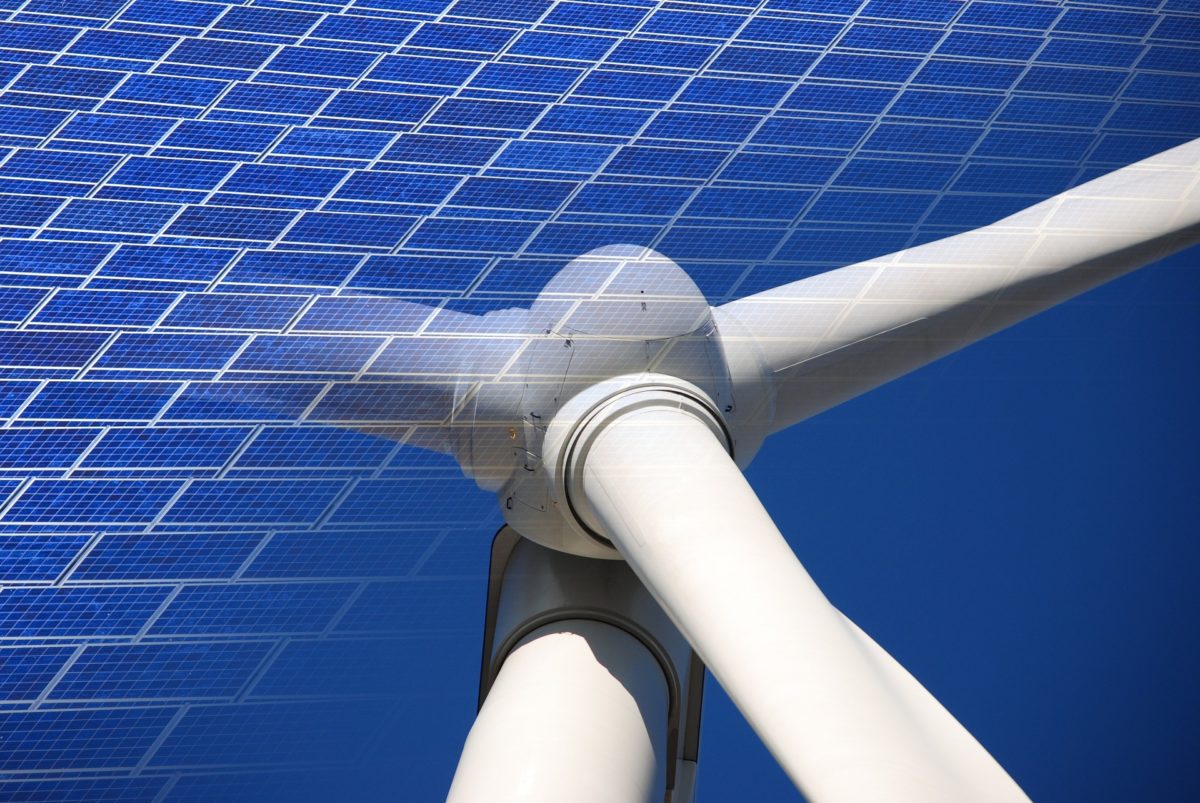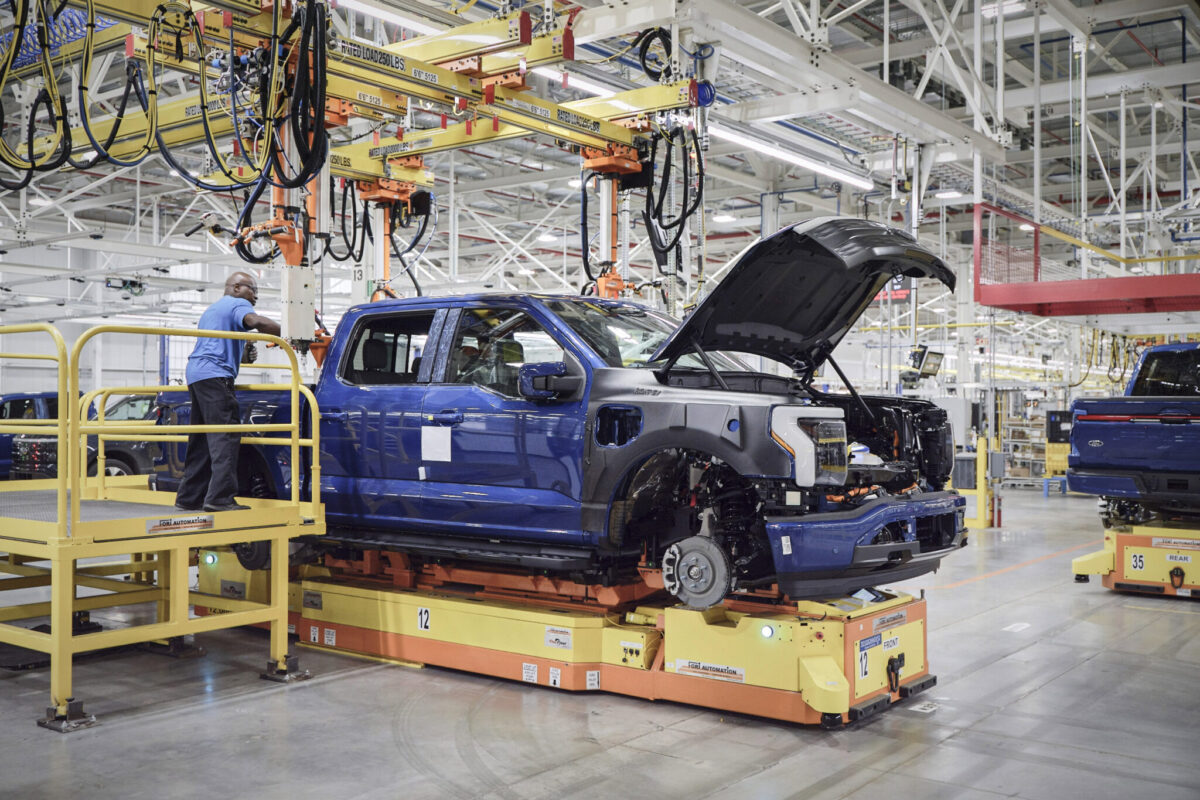With each passing day, the planet warms and the window for advancing urgently-needed climate legislation narrows. As the United States celebrates our independence this July, we can also establish ourselves as a world leader in the fight against the climate crisis – the ultimate act of patriotism and duty to the country.
After more than a year’s worth of missed opportunities, this summer has ushered in a make-or-break opportunity for the US Senate to pass the $555 billion climate and clean energy jobs package from the House-passed Build Back Better Act. Senate Majority Leader Chuck Schumer must put climate at the top of the agenda and work to pass a budget reconciliation package by Independence Day, while Democrats still hold the majority.
The climate and jobs package would put the country on a path to reduce greenhouse gas emissions to 50% below peak levels by 2030, which is roughly the pace that scientists say the whole world must follow to keep the Earth from warming more than 2.7 F. Experts warn that, beyond this threshold, the threat of catastrophic climate events will grow immensely.
Passing the climate and clean energy jobs provisions of Build Back Better is our best chance to achieve the necessary reductions and avert climate disaster; we simply cannot wait any longer. If Democrats lose control of Congress following the midterm elections this fall, hope for meaningful climate action at the federal level will be quashed. Conversely, if the Senate follows the House’s lead and sends this legislation to the President’s desk, it would mark the largest-ever federal investment in clean energy and usher in a new era for our country’s energy system.
Americans want to see this action. A Pew Center poll in January found that 69% of Americans favor federal action towards carbon neutrality by 2050. The climate package would have sweeping impacts beyond reducing 5.2 billion tons of greenhouse gas emissions by 2030. It would spur inherently deflationary clean energy projects, help strengthen energy security and national security, create millions of jobs, improve the health of communities, and lower U.S. energy expenditures by $67 billion dollars per year, saving US households $300 per year.
The bulk of the funding – around $320 billion – would go to providing tax credits for installing residential and commercial solar power, retrofitting buildings to be more energy-efficient, and purchasing electric vehicles. These provisions alone would mark the largest climate investment in our nation’s history, setting the course to meet our greenhouse gas emissions reduction targets while creating millions of good-paying jobs, reducing energy costs for consumers, advancing environmental justice, investing in climate resilient housing and community infrastructure, and strengthening our economy.
As Americans face historically high prices at the gas pump, it’s also critical that we advance our country’s energy independence and reduce our reliance on foreign oil. The Biden Administration has already demonstrated a willingness to strengthen our domestic clean energy industry by invoking the Defense Production Act (DPA) to spur manufacturing of solar technology on American soil. Build Back Better would build on this momentum, doing even more to jump-start domestic manufacturing of clean energy equipment, including wind turbines and solar panels.
Key to Build Back Better is the protection and inclusion of low-income and historically disadvantaged communities. The bill would implement a tax credit for 30 percent off the costs of solar projects, plus an additional 10% to 20% tax credit for renewable energy systems located in or serving low-income communities. Crucially, the solar tax credit would be made refundable or direct pay allowing everyone, including non-taxable entities like cities, non-profit organizations, Tribes, and schools, regardless of their federal income tax bill, to access the tax credit. These provisions allow more Americans to directly reap the benefits of clean energy.
The overwhelming positive response to President Biden’s DPA announcement from the American people, energy industry, environmental advocates, corporate leaders, and stock market this past week clearly signals that the future is in clean energy. If Majority Leader Schumer can get this transformative legislation passed by the 4th of July, he will secure his place in history at this pivotal moment for the United States of America. It’s the patriotic thing to do.

A veteran of the US Army, Kevin Johnson is co-founder of CleanCapital, Board Director of the Environmental Defense Action Fund and American Resilience Project .

Odette Mucha is Federal Liaison at Vote Solar and former analyst at the White House and US Department of Energy.
The views and opinions expressed in this article are the author’s own, and do not necessarily reflect those held by pv magazine.
This content is protected by copyright and may not be reused. If you want to cooperate with us and would like to reuse some of our content, please contact: editors@pv-magazine.com.








Sea Levels have risen 145 meters (476 feet) since the last glacial minimum a mere 20,000 years ago.
https://en.wikipedia.org/wiki/Past_sea_level#/media/File%3APost-Glacial_Sea_Level.png
Anyone who thinks 155 years of real temperature measurement history can be stitched to gaseous isotope data from benthic foraminifera in core samples from lake beds, sea floors and ice cores hasn’t lived long enough to discover the multitude of variables shaping our 45-million foot diameter planet and its bodies of liquid or frozen fresh and salt water.
Solar panels and electric cars aren’t going to effect sea levels or land subsidence one iota at such scales of dimension and time.
Milankovitch cycles with 100-thousand year regularity determine earths elliptical orbit interaction with its rotational axis precession around the sun affecting seasonal maximum and minimum temperatures for thousands of years at a time in our northern and southern hemispheres. Nothing is going to change that either.
https://climate.nasa.gov/news/2948/milankovitch-orbital-cycles-and-their-role-in-earths-climate/#:~:text=The%20Milankovitch%20cycles%20include%3A,is%20pointed%2C%20known%20as%20precession.
NASA could easily convince our career politicians to fund $-billions for astronauts to put a thermostat on the sun.
And they’d believe it could be done safely by landing at night. 😄😊☺😉😜🤓
Biden’s build back plan should be called BCB…
Build China Better.
China Will Gain Billion$ from the extension of U.S. Solar Tax Credits (FETCs or ITCs) that are no longer needed since utility scale solar has ramped up capacity 5X beyond rooftop, mainly for economic reasons: * 4X lower installation cost than rooftop and * 30% Lower LCOE with single-axis tracking bifacial panels yielding increased operating profits with lower electric rates. A win win for utility customers and shareholders in states where public owned utility monopolies operate with reasonable regulatory oversight.
https://americaspower.org/china-will-gain-billions-from-u-s-solar-tax-credits/#:~:text=Modules%20/%20Panels,the%20U.S.%20produces%201%20percent.
ITCs at 10% for industrial and commercial installations were already to be continued in 2024 and beyond, after rooftop ITCs drop from 26% to 22% in 2023 and ZEEEERO thereafter.
Rooftop PV only benefits residents who OWN a suitable shade free roof and can afford to shell out $20,000 to $35,000 for 6kW to 10kW systems. That takes renters and residents in multi-story condo towers off the table.
Compared to utility scale solar, rooftop PV has mostly been a flash in the pan insofar as environmental impacts are concerned and non-solar residents are getting fed up with having to PAY for it in taxes AND electric rates.
Curtailing the manufacture and use of polluting recreational power boats would benefit our waterways more than rooftop solar.
Electric cars come with a carbon footprint that takes two to five years to offset despite being smaller than gasoline cars, but… “are not a panacea without decarbonisation.”
https://www.carbonbrief.org/factcheck-how-electric-vehicles-help-to-tackle-climate-change/
Rooftop’s primary benefit driver is electric bill savings from generous NEM policies that provide kWh energy credits instread of monetary ones. But those policies are what anti-NEM activists and minority special interests and their political backers are starting to attack from within like termites laying eggs of cash in politicians’ campaign coffers.
China’s 20,000 coal fired power plants have 1.2 TeraWatts of capacity, 5 times the US’ declining capacity WHILE another 260 GigaWatts are being built and planned.
China’s 180 GW of utility scale solar is 4X ours, and they have 98% of the world’s PV wafer and ingot manufacturing capacity, powered cheaply by their coal fired plants.
So…Biden’s and Schumer’s BCB is a Win Win for China and a Lose Lose for U.S. plain and simple.
It’s time our government a-Woke and seriously started thinking about how to restore our nation’s industries before China becomes #1 world’s economic power and puts us all in Uyghur-like chains. Just sayin…😠